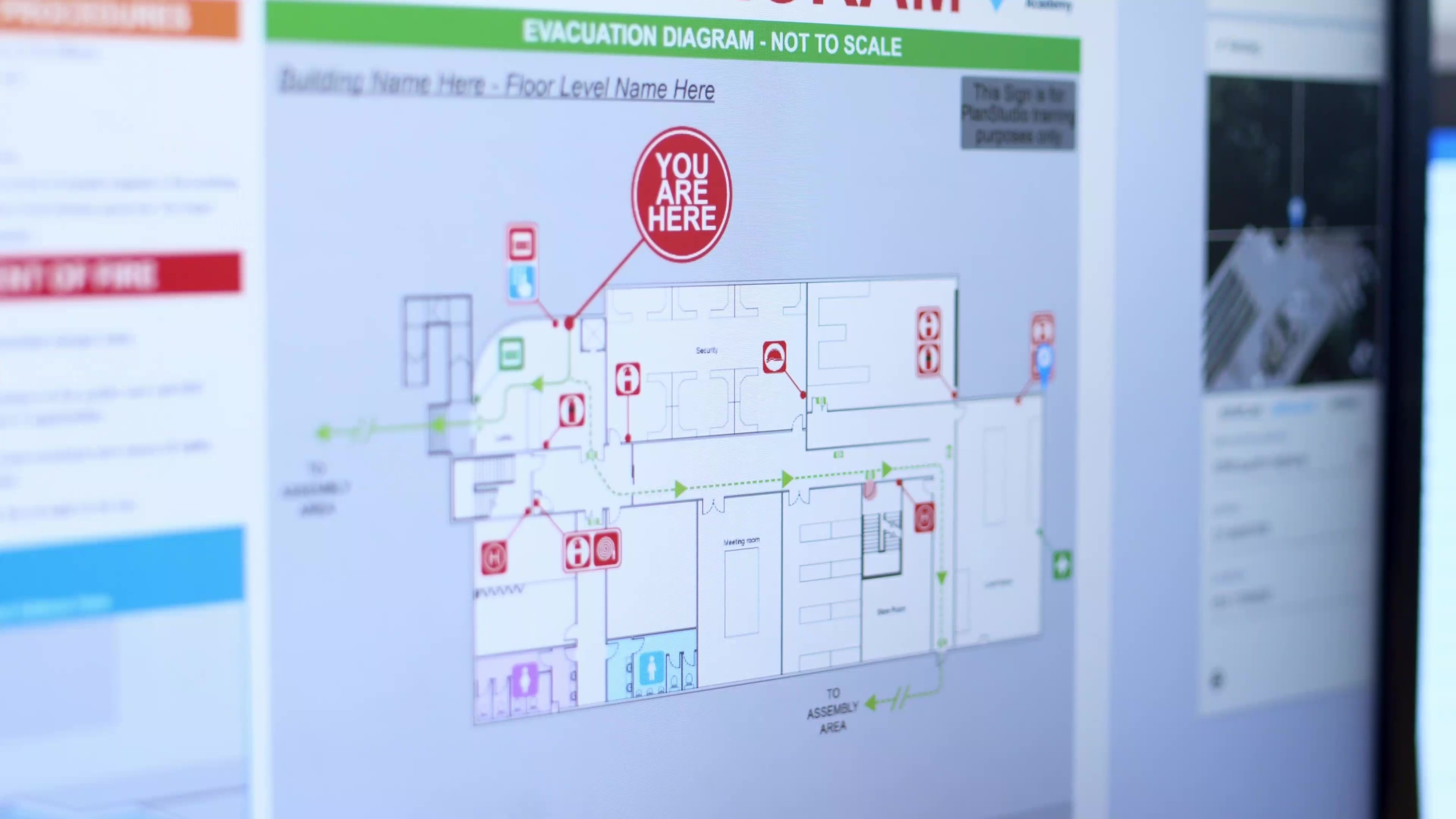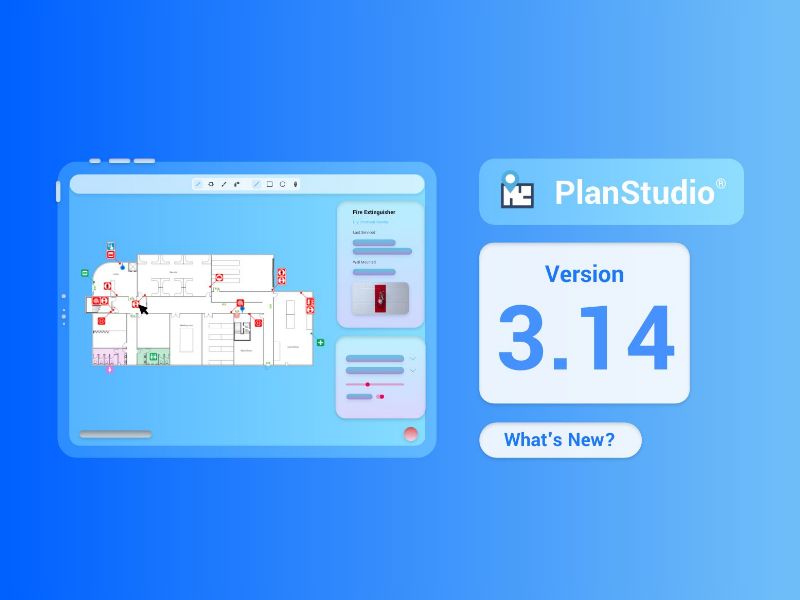Written by
Helen Hall
Published on
August 18, 2025
Preparing staff and occupants to respond in accordance with a well-considered plan needs to be conducted under an accurate and reportable system that meets appropriate fire safety standards.
As with all emergency planning, policies are made up from lessons learned from past incidences but sometimes it is good to have a refresher as to what those lessons were.
Here’s a summary of the key lessons learned from the article “Lessons learnt: two schools in a major bushfire” published by the Australian Journal of Emergency Management (AJEM)
1. Situational awareness Is critical
Are you keeping First Responders up to date with current and accurate floor and site plans of your schools?

2. Full rehearsals of emergency plans work
How often are you conducting a full scale rehearsal? Do you require assistance from fire safety specialists?
3. Worst-case scenario planning Is essential
Include different scenarios in your drill exercises such as suspicious packages and bomb threats to test out your plan. Allocate a Observer to your drill and have them assess proceedings against an Observer’s checklist. This can help you further improve your emergency response.
4. Strong support from school authorities
Seek advice from outside your school, Emergency responders and Fire Safety Advisors are resources you can call upon to test and sharpen your response methods.
5. Communication with families and communities
List your communication channels (schools have many) and make sure your communications provide consistent messaging across all channels, or nominate one channel and make sure all stakeholders know what it is.
6. Site preparation matters
Current and up to date site and building plans are critical tools to help you keep accurate records as to where risks are located and to make sure management plans are in place to monitor and report on those risks.


.png)